

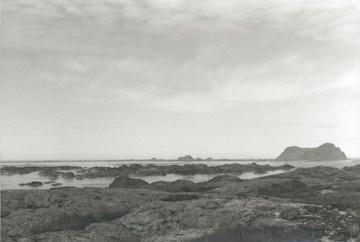
In 1943, the motor torpedo boat MTB 345 had to go in to Ospa in Solund because it ran out of fuel. It could not go on, and was detected by German planes. German forces attacked shortly afterwards, and the whole crew of seven had to surrender. They were treated as saboteurs and shot on 30 July 1943. Two resistance members hid in the rock cave of Ospekirkja.
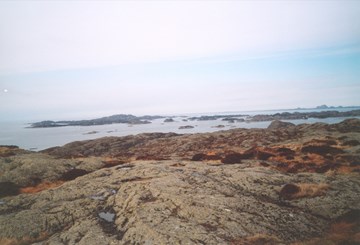
Drawn back on the highest knoll, and built into the terrain, the lookout post at Hugøy was located, difficult to detect from the shipping lanes in the west. All the more reason to be cautious.
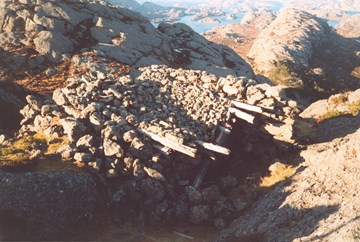
From the signal station on Husefjellet the Germans could monitor the traffic through the shipping lane of Indre Steinsund. In addition, they had an unobstructed view of Sognesjøen. All through the war, a crew of 10-12 military personnel were stationed there. Their primary task was to report enemy planes and suspicious boat traffic.
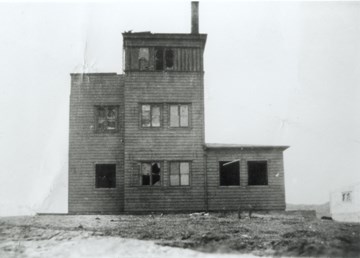
It is hard to believe that the Germans would build a signal station on the outermost point of Oddenova. The temptation became too great for the allies to let this bold monster operate freely.
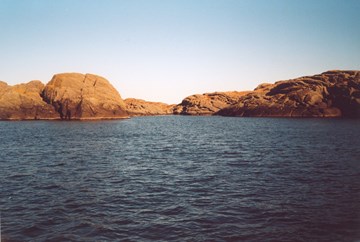
The bay of Beglevågen in westernmost Solund must be the smallest in the country. Here the resistance movement had a weapons depot during the Second World War. The Germans detected the depot and went into action on 2 May, 1943. Four men were arrested and sent to prison camps in Germany.
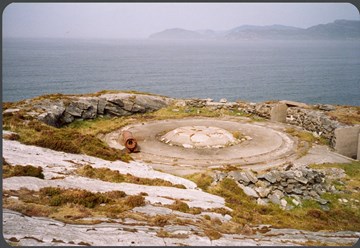
At the point of Storeneset on the road out to Eltvik the Germans in 1942 built a coastal fort with six French field guns and a number of smaller guns for short-range defence and anti-aircraft defence.

As early as in the winter of 1942-43, the Germans started the construction of a road from Ervik and up to Hovden, but it was only in the summer of 1944 that the anti-aircraft battery was operable on this very characteristic mountain.
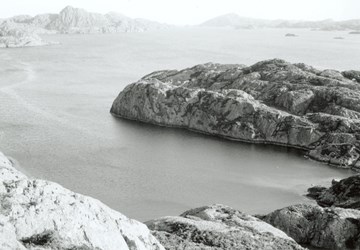
During the Second World War, there was on the island of Oldra a depot with large quantities of weapons and other war materials. The depot was disclosed by a letter which came into German hands. The letter was written to the well-known resistance member and Communist Peder Furubotn. Because of this, the resistance member Schrøder Evensen was arrested, and tortured to point out the depot. He was later able to jump overboard from a Gestapo vessel and drowned in the night of 7 to 8 September, 1944. In this way he probably saved the lives of many resistance people.
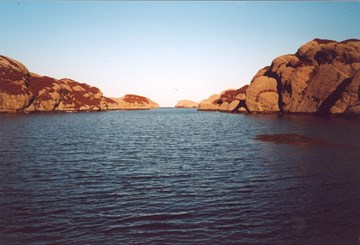
Storsundet in Solund became an important base and a hub for resistance activity in the Sogn district during the war. The Shetland traffic used the place for storage of weapons and other war materials, which with time was forwarded east along the Sognefjord. The dump in Storsundet was never detected by the Germans.
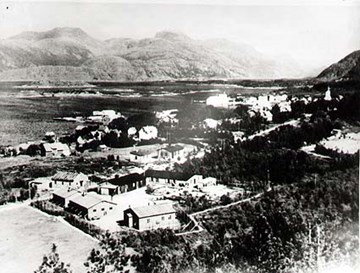
Only in the spring of 1942 did the major influx of German soldiers start at Florølandet. At the same time, an extensive construction of fortifications was started as well. In the course of three years until peace came in May 1945, the Germans turned Florølandet into a fortress.
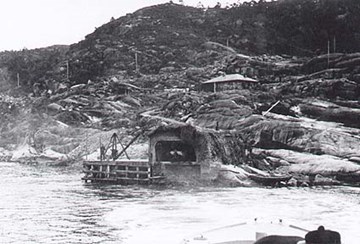
As early as in May 1940, the Germans came to Rutledal and built a land-based facility for launching torpedoes. Later on they started building a coastal fort and infantry soldiers were also deployed at Rutledal.
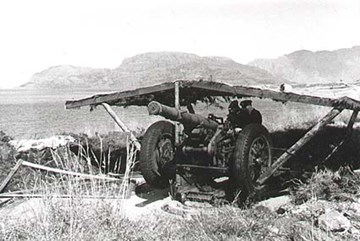
In June 1942, the Germans issued an evacuation order to the owners of the four farms at Rise, and the farmers and their families were only given three days to pack and move from the farm. A coastal fort was to be built.

In the autumn of 1940, The German navy started the construction of a coastal fort at Tangane. The construction work was led by Germans, but much work was carried out by Norwegian entrepreneurs and workers.
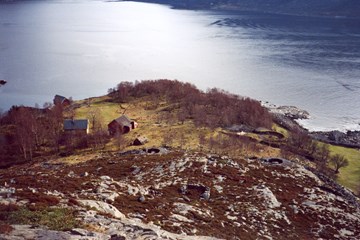
In the autumn of 1941, German officers came to the point of Ospeneset on an inspection tour. Early in 1942, people in the area had to move from their farms, and shortly afterwards, the construction work was started.
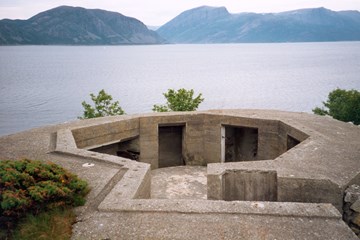
In 1942, the landowner of Gottraneset had to move from his farm to Berle. The following year the Germans moved their guns from Berle out to new positions at Gottraneset.